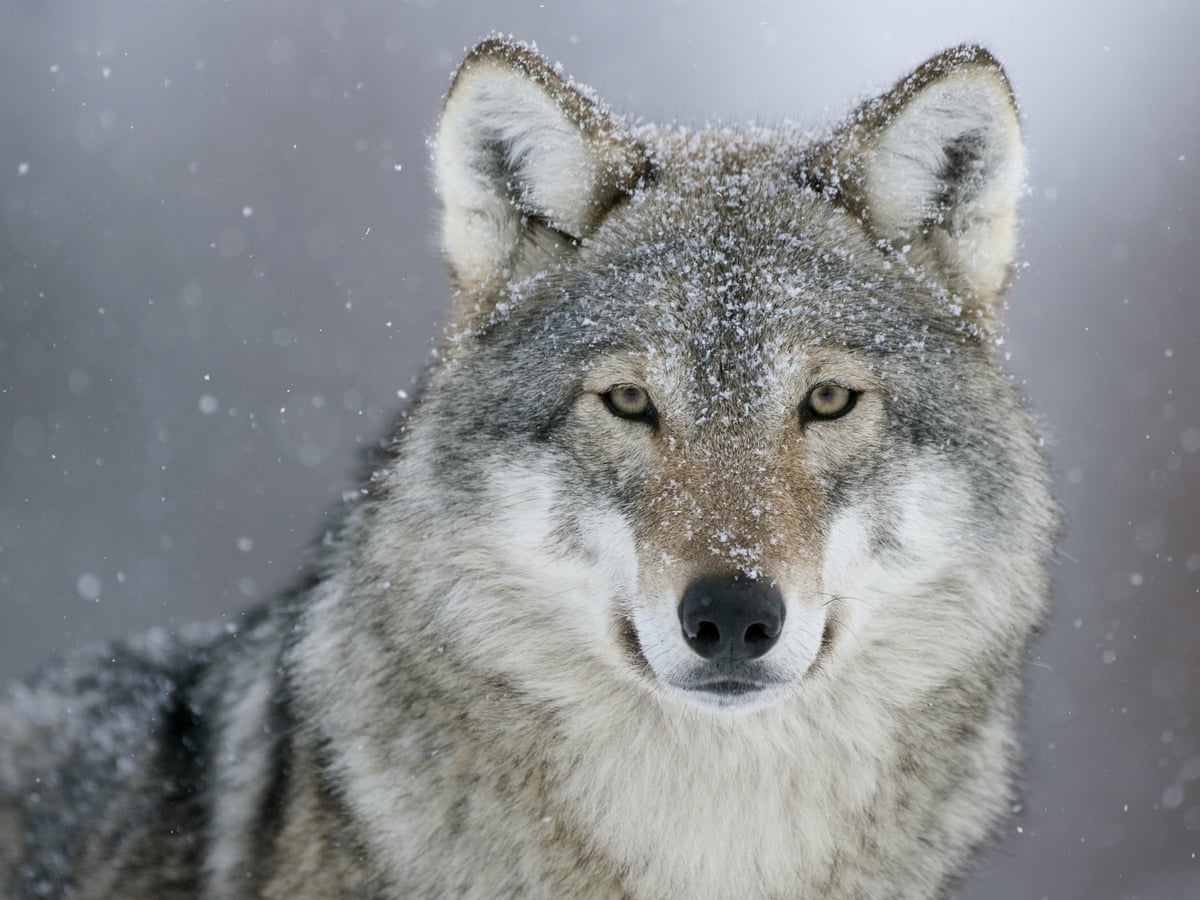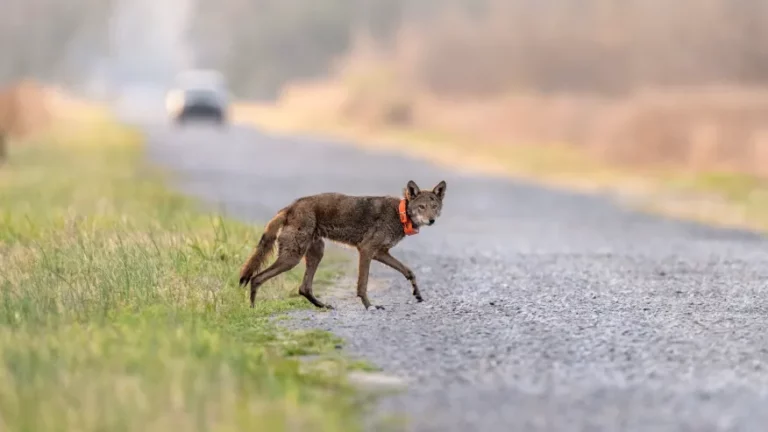Incredible Wolf Facts Everyone Should Know
Wolves have long been viewed as savage and dangerous beasts, despite their reputation as very clever animals. They are creatures of myth and legend, which frequently works against them. The reality is that wolves are very sociable creatures who form exceptionally strong social relationships with their family and pack. In reality, wolves in the wild are known to demonstrate significant displays of love and other emotions toward one another.
Here are some amazing and interesting facts about these creatures:

1. True love
Once a wolf has found a mate, they are likely to stay together for better or worse, through illness and health, and frequently until death due them part. Of course, only the alpha male and female breed, leaving the rest of the adult pack members to help in the raising and survival of the kids.

2. Wolves will die for each other
Wolves have such deep social bonds for their family and other loved ones that they have been known to sacrifice themselves for the survival of the pack / family unit, in addition to a predilection toward monogamy.
3. It’s all in the howl
The grey wolf’s deep, hauntingly beautiful howl is perhaps its most well-known feature. Both lone wolves and their packs, as well as packs, use this as a key communication technique. Inter-pack howling will determine the size and power of various packs in terms of territory, as well as whether or not to attack or run.

4. Wolves are as tall as people, but they are faster.
Male wolves can grow up to 6.5 feet in length, while female wolves average 4.5 to 6 feet from nose to tail. This helps them sprint at speeds of 36 to 38 miles per hour over short distances, however they usually cruise at a more leisurely pace of approximately 5 miles per hour until they’re on the pursuit.

5. Marathon runners
Despite the fact that the above-mentioned speed is not very quick for a top predator (a cheetah can reach speeds of up to 75 mph in short bursts), wolves are super marathon endurance hunters. They’ve been known to follow and trace their prey for hours at a time, even late at night. They also have a high IQ and a keen sense of hearing and smell, which they put to good use when it comes to planning their next meal.
6. ‘Wolfing’ it down
Wolves may eat a large amount of food in a single sitting, up to 9 kg, as the saying goes. The alpha male is the first to eat, swallowing the most meat of the pack, followed by other pack members and/or scavengers. Although this is primarily to blame for their negative image, it is more of a survival mechanism, as they never know when their next meal will arrive, and it is frequently days before they do.

7. Oh, granny, you have such large hands!
It’s enough to make your hair stand on end if you’ve ever seen a true wolf paw print, since their typical foot size is similar to an adult human hand, measuring 4 inches broad by 5 inches long.

8. Houses that are even bigger
Try to imagine a property that spreads 1000 square miles if you thought you lived in a McMansion. Their area stretches from 300 to 1,000 square miles in Canada and Alaska, and from 25 to 150 square miles in Minnesota. They wander up to a dozen kilometers every day, living, hunting, and playing in packs as extremely sociable creatures.
The grey wolf, once common throughout North America, Europe, and beyond, now only lives in areas of the former Soviet Union, North America, and Eastern Europe, where it keeps its legendary and mythological place among the animal kingdom.






